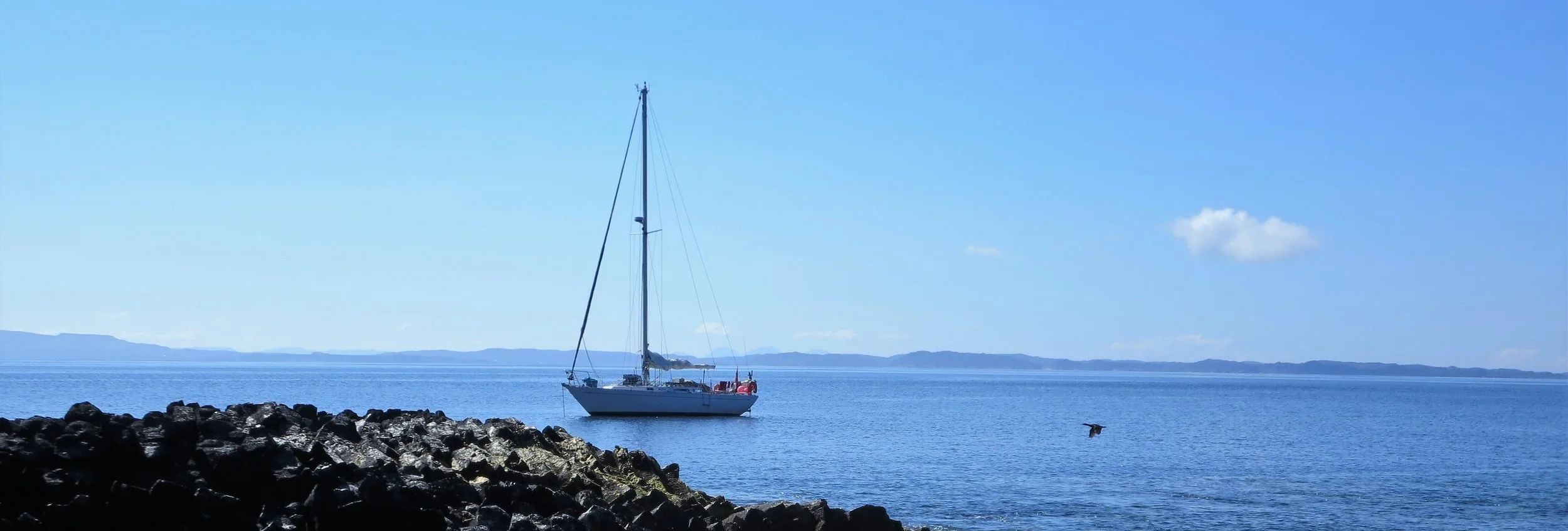Anchoring techniques
Even the best anchor in the world is not safe unless used with proper anchoring technique. These pages are our guide to making the best of your new high performance anchor.
The recommended method of anchoring is to find a sandy bottom and to lower the anchor gently to the seabed. Once the anchor hits the bottom back off the yacht slowly as more chain is laid out. Once the required amount of chain is deployed it should be tensioned gently at first to allow the anchor to engage the seabed. After this initial gentle pull, allow the anchor and boat to settle for short period and then apply a stronger pull with the engine in reverse. The anchor should hold firmly and the chain tension along its length.
The Knox anchor will start to bury itself immediately and develop maximum hold after it has ploughed approximately 5 metres (depending upon bottom conditions). By that time it should have rotated to a vertical position, and should be completely buried.
An important part of any anchoring cable is an adequate spring to absorb shock loads. Typically this should be a nylon rope and roughly the length of the yacht. It can be conveniently secured with a strong stern cleat and led over the bow roller where it can be shackled onto the main chain. The main chain should then be slackened (by circa 1m) so that there is a loop of chain hanging from the pulpit and the anchor tension is held on the spring. Ensure the chain remains tied off on the winch or cleat as a safety measure.
Ensure you let out an appropriate length of chain (called scope). For the Knox Anchor the recommendation in normal conditions with adequate swinging room is to run out a length of chain which is 5 times the water depth allowing for the tidal range. The rule of thumb for anchor chain length in different conditions is:
• 3 times the distance from bow roller to seabed for temporary anchoring in calm conditions
• 5 times the distance from bow roller to seabed is a good compromise for most conditions
• 8 times the distance from bow roller to seabed (or even more) for storm conditions
Read more about these anchoring techniques:




